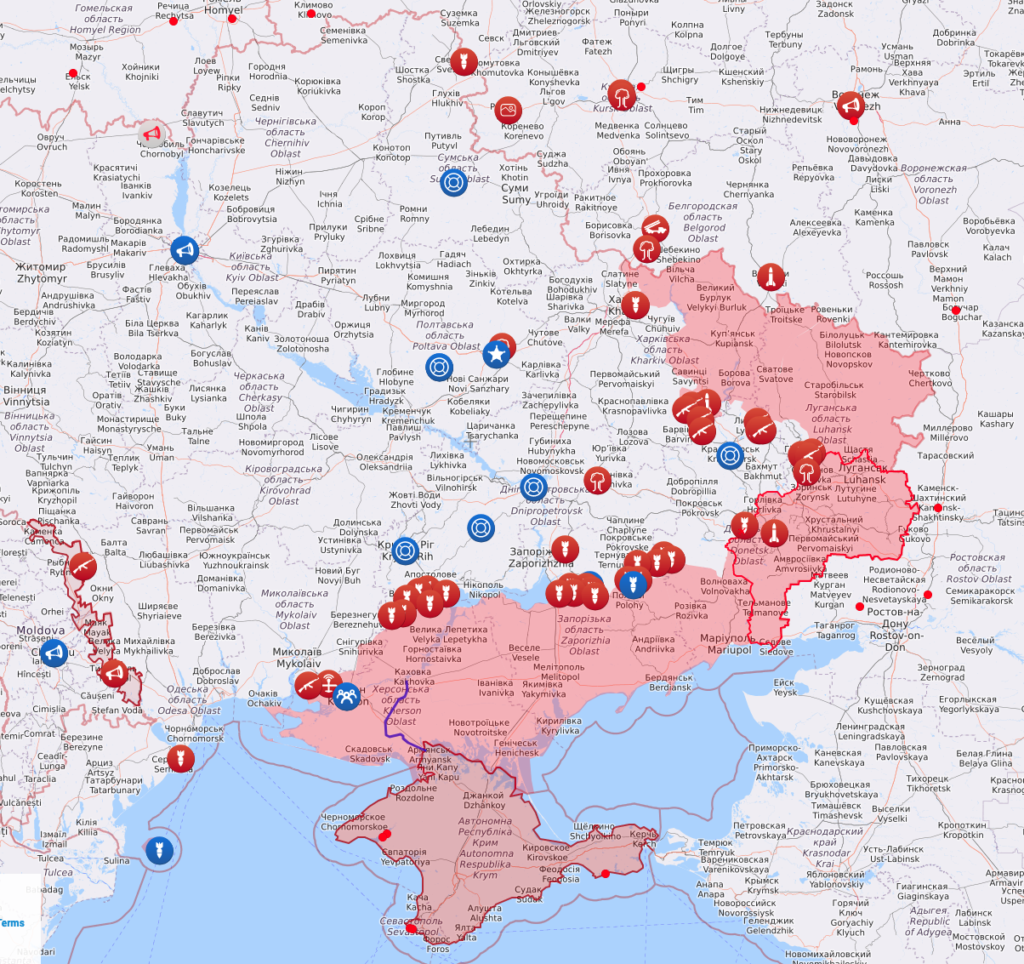Another Texas Constitutional Amendment election is sneaking up on us this Saturday, with two amendments on the ballot, both having to do with tax limitations.
Here’s the first amendment:
State of Texas Proposition 1
S.J.R. No. 2
Senate Joint Resolution
Proposing a constitutional amendment authorizing the legislature to provide for the reduction of the amount of a limitation on the total amount of ad valorem taxes that may be imposed for general elementary and secondary public school purposes on the residence homestead of a person who is elderly or disabled to reflect any statutory reduction from the preceding tax year in the maximum compressed rate of the maintenance and operations taxes imposed for those purposes on the homestead.Be it resolved by the Legislature of the State of Texas:
SECTION 1. Section 1-b, Article VIII, Texas Constitution, is amended by adding Subsection (d-2) to read as follows:
(d-2) Notwithstanding Subsections (d) and (d-1) of this section, the legislature by general law may provide for the reduction of the amount of a limitation provided by Subsection (d) of this section and applicable to a residence homestead for a tax year to reflect any statutory reduction from the preceding tax year in the maximum compressed rate, as defined by general law, or a successor rate of the maintenance and operations taxes imposed for general elementary and secondary public school purposes on the homestead. A general law enacted under this subsection may take into account the difference between the tier one maintenance and operations rate for the 2018 tax year and the maximum compressed rate for the 2019 tax year applicable to a residence homestead and any reductions in subsequent tax years before the tax year in which the general law takes effect in the maximum compressed rate applicable to a residence homestead.
SECTION 2. This proposed constitutional amendment shall be submitted to the voters at an election to be held May 7, 2022. The ballot shall be printed to permit voting for or against the proposition: “The constitutional amendment authorizing the legislature to provide for the reduction of the amount of a limitation on the total amount of ad valorem taxes that may be imposed for general elementary and secondary public school purposes on the residence homestead of a person who is elderly or disabled to reflect any statutory reduction from the preceding tax year in the maximum compressed rate of the maintenance and operations taxes imposed for those purposes on the homestead.”
Clear as mud, but what it amounts to closing a loophole in a previous tax limitation:
Homeowners who are disabled or 65 years and older can qualify for having school district property taxes capped or frozen. But when lawmakers in 2019 passed legislation to offset rising property values with lower school district tax rates for all homeowners, those adjustments did not account for elderly and disabled homeowners whose property taxes were already frozen. Under Proposition 1, those homeowners could qualify for those additional reductions in 2023 if the measure passes, said state Sen. Paul Bettencourt, a Houston Republican who wrote the legislation calling for the constitutional amendment. The change would lower those homeowners’ property taxes further, but would not eliminate their property tax cap. “The frozen value unfreezes and then refreezes lower each year,” Bettencourt explained.
Here’s the second amendment:
State of Texas Proposition 2
S.J.R. No. 2
Senate Joint ResolutionProposing a constitutional amendment increasing the amount of the residence homestead exemption from ad valorem taxation for public school purposes.
Be it resolved by the Legislature of the State of Texas:
SECTION 1. Section 1-b(c), Article VIII, Texas Constitution, is amended to read as follows:
(c) The amount of $40,000 [$25,000] of the market value of the residence homestead of a married or unmarried adult, including one living alone, is exempt from ad valorem taxation for general elementary and secondary public school purposes. The legislature by general law may provide that all or part of the exemption does not apply to a district or political subdivision that imposes ad valorem taxes for public education purposes but is not the principal school district providing general elementary and secondary public education throughout its territory. In addition to this exemption, the legislature by general law may exempt an amount not to exceed $10,000 of the market value of the residence homestead of a person who is disabled as defined in Subsection (b) of this section and of a person 65 years of age or older from ad valorem taxation for general elementary and secondary public school purposes. The legislature by general law may base the amount of and condition eligibility for the additional exemption authorized by this subsection for disabled persons and for persons 65 years of age or older on economic need. An eligible disabled person who is 65 years of age or older may not receive both exemptions from a school district but may choose either. An eligible person is entitled to receive both the exemption required by this subsection for all residence homesteads and any exemption adopted pursuant to Subsection (b) of this section, but the legislature shall provide by general law whether an eligible disabled or elderly person may receive both the additional exemption for the elderly and disabled authorized by this subsection and any exemption for the elderly or disabled adopted pursuant to Subsection (b) of this section. Where ad valorem tax has previously been pledged for the payment of debt, the taxing officers of a school district may continue to levy and collect the tax against the value of homesteads exempted under this subsection until the debt is discharged if the cessation of the levy would impair the obligation of the contract by which the debt was created. The legislature shall provide for formulas to protect school districts against all or part of the revenue loss incurred by the implementation of this subsection, Subsection (d) of this section, and Section 1-d-1 of this article. The legislature by general law may define residence homestead for purposes of this section.
SECTION 2. The following temporary provision is added to the Texas Constitution:
TEMPORARY PROVISION. (a) This temporary provision applies to the constitutional amendment proposed by the 87th Legislature, 3rd Called Session, 2021, increasing the amount of the residence homestead exemption from ad valorem taxation for public school purposes.
(b) The amendment to Section 1-b(c), Article VIII, of this constitution takes effect January 1, 2022, and applies only to a tax year beginning on or after that date.
(c) This temporary provision expires January 1, 2023.
SECTION 3. This proposed constitutional amendment shall be submitted to the voters at an election to be held May 7, 2022. The ballot shall be printed to permit voting for or against the proposition: “The constitutional amendment increasing the amount of the residence homestead exemption from ad valorem taxation for public school purposes from $25,000 to $40,000.”
I will be voting for both of these, even though I prefer more extensive tax reforms and rate reductions over these piecemeal reductions.

